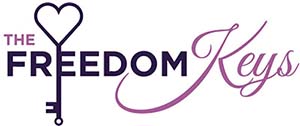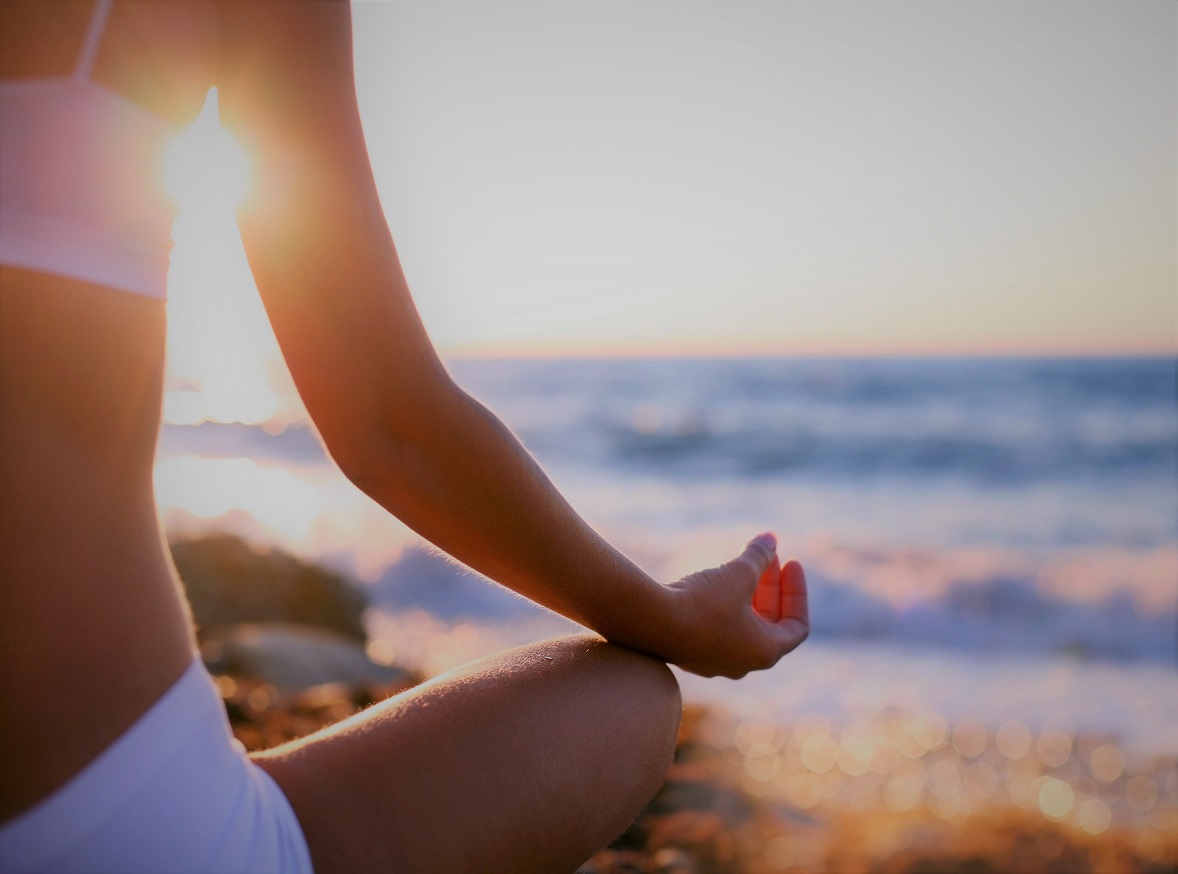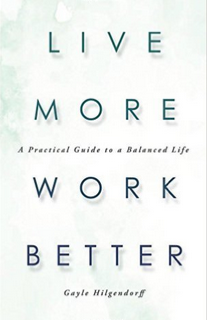When we stop looking for proof outside of ourselves, we can do the only thing that is left, get to know ourselves and our bodies. To experience life and have some fun!!! Who are you? What do you enjoy? What do you do for fun? Do you allow yourself time to play? Do you experience life” Or do you sit on the sidelines and watch things happen for other people, wondering when things are going to shift for you?
Let’s talk about some specific ways you can begin to tune into your body so that you can not only experience more of life’s adventures, but that you can connect with your body, your spirit and your desires. When you are in your body you can make decisions that FEEL GOOD TO YOU. You are no longer making decisions from the voices outside of yourself, you are making the choice from WITHIN your soul.
A dear friend of mine once said to me, “Jen if it feels good, do it. If it doesn’t feel good, then don’t.” It was so simple, wasn’t it? So many of us are numb to our bodies and our desires, that we have a hard time deciphering what really feels good to us. We can’t tell which voice to listen to, but when you get present and learn to connect with your body and experience life, you are able to begin raising your vibration and manifesting what you desire in your life.
Let’s take a quick peak on some things that you can do to be IN YOUR BODY. This is just a small list, but it’s a place to get started. This activity is not about using your mind, it is about doing something where you can be in your body. This list is about being playful, enjoying life and having FUN, not because someone else wants to do it, but because it brings YOU joy and pleasure.
– Take a singing lesson, sing karaoke or sing in the kitchen
– Go dancing (you can take private lessons or just dance for fun at a local spot)
– Have your picture take or take your own pictures
– Go to a yoga, pilates or meditation class
– Working out
– Go on a roller coaster
– Traveling, go on a trip
– Walking in nature, especially by the trees, mountains or the ocean
– Outdoor adventures (hiking, ziplining, the list is endless…)
– Gardening, planting flowers or growing your own fruits or veggies
– Enjoying cooking in the kitchen (rather than see it as a chore, enjoy it)
– Participating in sports. Too many to name, but play a good ole friendly game of basketball, baseball, volleyball football, hockey etc.
– Go camping and enjoy the outdoors
– Rent a canoe or kayak and enjoy being on the river
– Create your own fun… Have a picnic, create a trivia night
Take some time to identify if there something on the list you have wanted to try? Or start your own pleasure bucket list.








